Places You Will Visit During Hajj and Umrah
The pilgrimage to Mecca, known as Hajj, and the lesser pilgrimage, Umrah, are profound spiritual journeys for Muslims around the world. These sacred acts of worship involve visiting several significant sites in Mecca and Medina, each with its own historical and religious importance. This guide provides an overview of the key places you will visit during Hajj and Umrah, offering insights into their significance and the experiences you can expect.
Hajj Pilgrimage Sites
The Kaaba (The Holiest City)
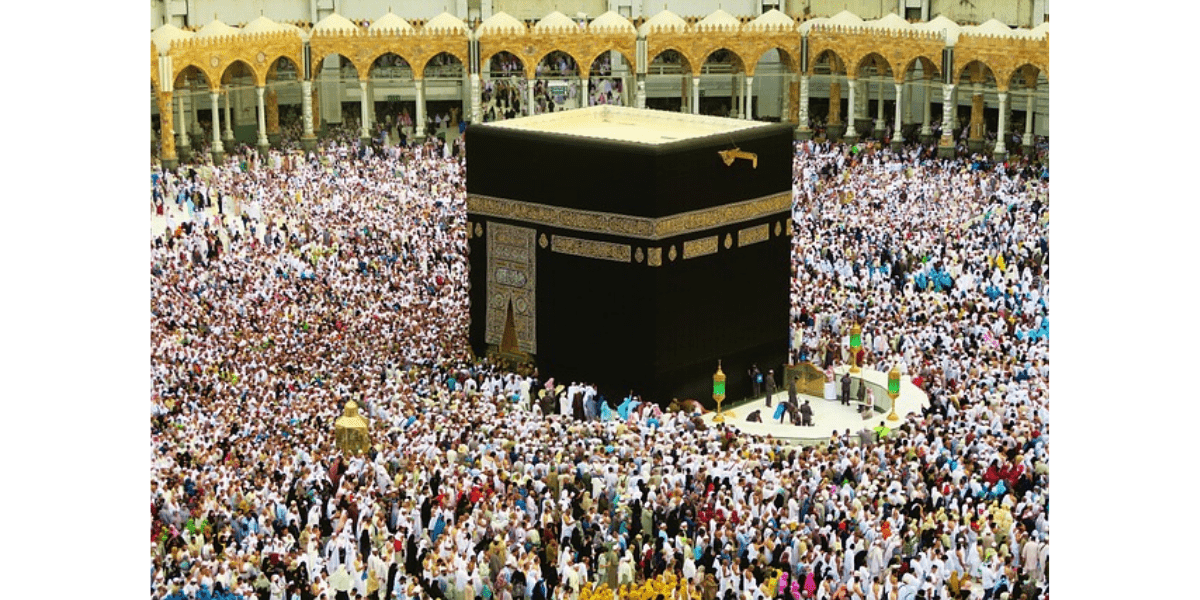
The Sacred Kaaba: Heart of Islamic Worship
Introduction
The Kaaba, located in the heart of Masjid al-Haram in Makkah, Saudi Arabia, is the most sacred site in Islam. This cubic structure is the focal point of Muslim worship and pilgrimage. This article explores the history, significance, and rituals associated with the Kaaba.
Historical Significance
Origins and Construction
According to Islamic tradition, the Kaaba was originally built by Prophet Abraham (Ibrahim) and his son Ishmael (Ismail) as a house of monotheistic worship. Over the centuries, it has undergone several renovations and restorations, with the most significant contributions coming from various Islamic rulers.
The Black Stone
Embedded in one corner of the Kaaba is the Black Stone (Hajar al-Aswad). This sacred stone is believed to have been given to Abraham by the Angel Gabriel. Pilgrims aim to kiss or touch the Black Stone during Tawaf, the ritual of circumambulating the Kaaba, symbolizing the connection with the divine.
Architectural Features
The Structure of the Kaaba
The Kaaba is a simple, cuboid structure draped in a black silk and gold-embroidered cloth known as the Kiswah. It stands approximately 43 feet high, with sides roughly 36 feet by 42 feet. The simplicity of its design underscores its profound spiritual significance.
The Kiswah
The Kiswah is replaced annually during the Hajj season. The intricate embroidery and craftsmanship of the Kiswah highlight the reverence and respect accorded to the Kaaba. The changing of the Kiswah is a significant event, symbolizing renewal and purity.
Spiritual Significance
Qibla: The Direction of Prayer
The Kaaba serves as the Qibla, the direction toward which Muslims around the world face during their daily prayers (Salah). This unifying act underscores the unity and cohesion of the Muslim Ummah (community).
Central Role in Hajj and Umrah
The Kaaba is the focal point of the Hajj pilgrimage, one of the Five Pillars of Islam. During Hajj and Umrah, pilgrims perform Tawaf around the Kaaba, demonstrating their submission to Allah. This ritual is a central component of the pilgrimage, fostering a sense of equality and brotherhood among believers.
Rituals and Traditions
Tawaf
Tawaf involves circling the Kaaba seven times in a counterclockwise direction. This act of devotion symbolizes the unity of believers in the worship of one God. Pilgrims often recite prayers and supplications during Tawaf, deepening their spiritual connection.
Zamzam Well
Adjacent to the Kaaba is the Zamzam Well, believed to be a miraculous source of water provided by God to Hagar, the mother of Ishmael. Pilgrims drink from this well, considering its water to be blessed and purifying.
The Kaaba is the most sacred site in Islam, located in the center of Masjid al-Haram in Mecca. Muslims around the world face the Kaaba during their prayers. During Hajj, pilgrims perform Tawaf, which involves circling the Kaaba seven times in a counterclockwise direction. The structure is believed to have been built by Prophet Ibrahim (Abraham) and his son Ismail (Ishmael) as a house of monotheistic worship. Touching the Black Stone, embedded in one corner of the Kaaba, is a revered act, although it is not mandatory.
Mount Arafat
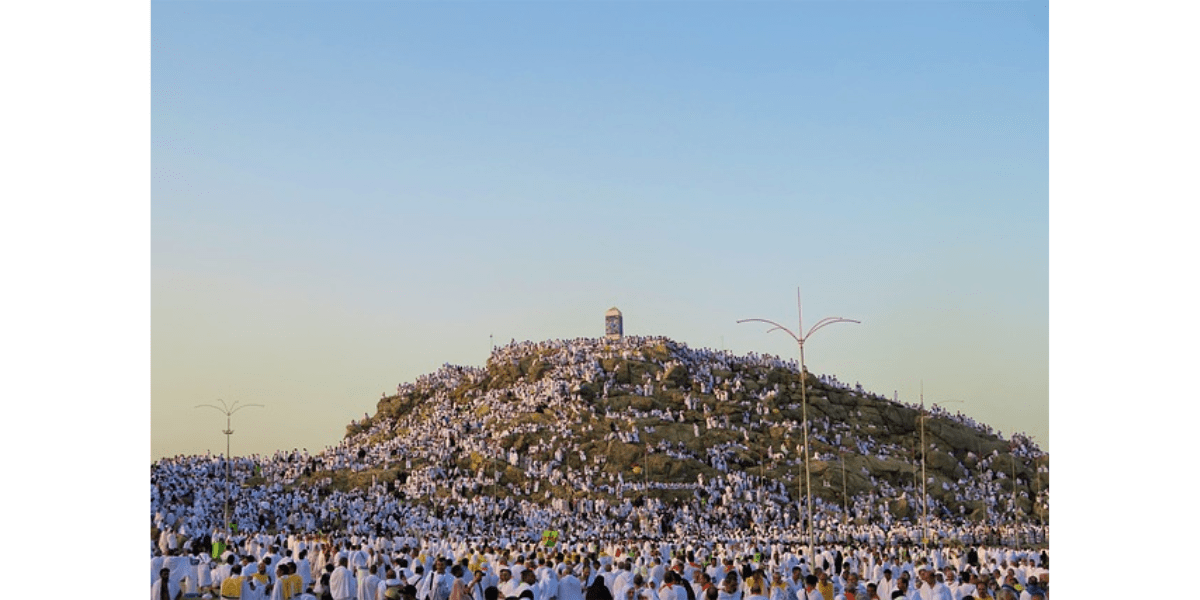
Mount Arafat: The Pinnacle of Hajj Pilgrimage
Introduction
Mount Arafat, also known as Jabal ar-Rahmah (Mountain of Mercy), holds immense spiritual significance in Islam. Located approximately 12 miles from Makkah, it is the site where the Prophet Muhammad delivered his Farewell Sermon. This article explores the historical and spiritual importance of Mount Arafat and the rituals associated with it.
Historical Significance
The Prophet’s Farewell Sermon
On the 9th day of Dhul-Hijjah, during the Hajj pilgrimage, the Prophet Muhammad delivered his Farewell Sermon from Mount Arafat. This sermon emphasized equality, justice, and the importance of adhering to Islamic principles. It remains a foundational text for Muslims, highlighting the core values of the faith.
Adam and Eve
Islamic tradition holds that Mount Arafat is the place where Adam and Eve were reunited on Earth after their expulsion from Paradise. This reunion symbolizes forgiveness and divine mercy, themes central to the Day of Arafat.
Rituals and Practices
The Day of Arafat
The Day of Arafat is the pinnacle of the Hajj pilgrimage. Pilgrims gather on the plains of Arafat from noon until sunset, engaging in prayers, supplications, and reflections. This day is considered the most important in the Hajj pilgrimage, with the standing at Arafat (Wuquf) being the central rite.
Dua and Reflection
Pilgrims spend the day in deep prayer and reflection, seeking forgiveness and mercy from Allah. It is believed that prayers made on this day are especially powerful and are more likely to be answered. The act of standing on Arafat symbolizes humility, repentance, and submission to God.
Spiritual Significance
Forgiveness and Mercy
The Day of Arafat is a time for seeking forgiveness and showing repentance. Muslims believe that sins are forgiven on this day, making it a powerful opportunity for spiritual renewal. This emphasis on mercy and forgiveness highlights the compassionate nature of Islam.
Unity and Equality
Mount Arafat brings together millions of pilgrims from diverse backgrounds, symbolizing the unity and equality of the Muslim Ummah. This gathering reinforces the idea that all Muslims are equal before Allah, regardless of their race, nationality, or social status.
Preparation for Eid al-Adha
The day spent on Arafat is immediately followed by Eid al-Adha, the Festival of Sacrifice. The spiritual cleansing and renewal experienced on the Day of Arafat prepare Muslims for the celebrations and acts of worship associated with Eid.
Mount Arafat, also known as the “Mountain of Mercy,” is where Prophet Muhammad delivered his farewell sermon. Standing on Arafat, a ritual known as Wuquf, is the most crucial part of Hajj. It takes place on the 9th day of Dhul-Hijjah, and pilgrims spend the afternoon in prayer and reflection. The experience at Arafat is deeply moving, symbolizing the climax of the Hajj pilgrimage and the quest for forgiveness and spiritual renewal.
Mina (The City of Tents)

Mina: The City of Tents in Hajj Pilgrimage
Introduction
Mina, often referred to as the “City of Tents,” is an essential site in the Hajj pilgrimage. Located just a few miles east of Makkah, Mina is where pilgrims spend several days performing crucial rituals. This article explores the historical significance, rituals, and experiences associated with Mina.
Historical Significance
Prophet Abraham’s Legacy
Mina holds historical and religious importance dating back to the time of Prophet Abraham (Ibrahim). According to Islamic tradition, it is the site where Abraham prepared to sacrifice his son Ishmael in obedience to God’s command. This act of devotion is commemorated during Hajj.
Stoning of the Devil
The valley of Mina is also where Abraham resisted the temptations of Satan. The ritual of stoning the pillars, known as Jamarat, symbolizes the rejection of evil and the reaffirmation of faith.
Rituals and Practices
Stoning of the Jamarat
One of the most significant rituals performed in Mina is the stoning of the Jamarat. Pilgrims throw pebbles at three pillars, representing the rejection of Satan’s temptations. This ritual, performed over three days, symbolizes the commitment to resisting evil and following God’s path.
Stay in Mina
Pilgrims spend the 8th, 10th, 11th, and 12th (or sometimes the 13th) of Dhul-Hijjah in Mina. During this time, they reside in large, air-conditioned tents that provide shelter and a communal atmosphere. This period is marked by prayer, reflection, and performing the stoning ritual.
Sacrifice of Animals
On the 10th day of Dhul-Hijjah, known as Eid al-Adha, pilgrims perform the ritual of animal sacrifice (Qurbani). This act commemorates Abraham’s willingness to sacrifice his son and symbolizes obedience and devotion to God. The meat from the sacrifice is distributed to the needy, promoting charity and compassion.
Spiritual Significance
Unity and Equality
Mina brings together millions of pilgrims from diverse backgrounds, fostering a sense of unity and equality. The shared experience of living in close quarters, performing rituals, and enduring hardships reinforces the bonds among the Muslim Ummah.
Reflection and Repentance
The days spent in Mina are a time for deep reflection and repentance. Pilgrims seek forgiveness, engage in prayers, and renew their commitment to living a righteous life. This spiritual cleansing is a central aspect of the Hajj experience.
Community and Brotherhood
The communal living in Mina’s tents encourages a spirit of brotherhood and cooperation. Pilgrims support each other, share resources, and strengthen their sense of community. This collective experience highlights the importance of solidarity in Islam.
Mina is a small village located about 5 kilometers east of Mecca. It is famous for the “Stoning of the Devil” ritual, where pilgrims throw pebbles at three pillars, symbolizing the rejection of evil. This act commemorates the actions of Prophet Ibrahim, who stoned the devil when he tried to dissuade him from following God’s command. Pilgrims also spend nights in Mina, residing in tents, which fosters a sense of unity and brotherhood among them.
Muzdalifah (The Open-Air Mosque)
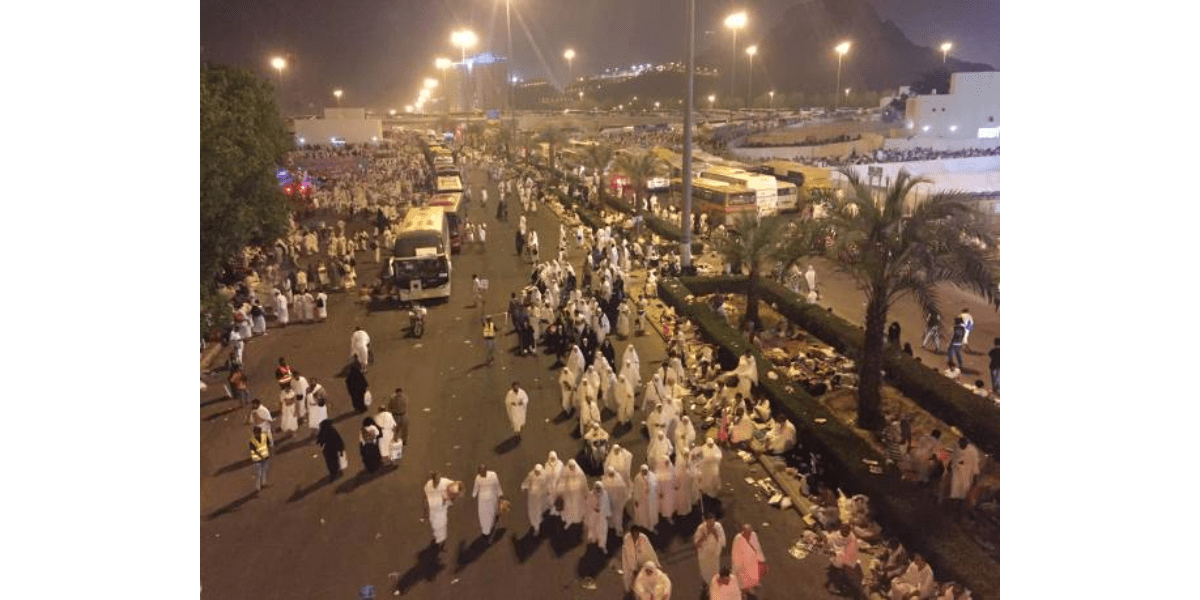
The Serene Stopover in Hajj Pilgrimage
Introduction
Muzdalifah is a significant stopover for pilgrims during the Hajj pilgrimage, located between Arafat and Mina. This article delves into the historical significance, rituals, and experiences associated with Muzdalifah, a place of spiritual reflection and unity.
Historical Significance
Prophet Abraham’s Journey
Muzdalifah is believed to be the site where Prophet Abraham (Ibrahim) stayed while on his journey to fulfill God’s command. According to Islamic tradition, it was here that Abraham received divine guidance and blessings.
The Night of Muzdalifah
The night spent in Muzdalifah holds special significance in Hajj. Pilgrims gather here after leaving Arafat, spending the night in prayer and reflection before proceeding to Mina the next morning. This night is a time for spiritual rejuvenation and introspection.
Rituals and Practices
Collection of Pebbles
While in Muzdalifah, pilgrims collect pebbles for the ritual of stoning the Jamarat in Mina. This symbolic act prepares them for the challenges ahead and reinforces their commitment to resisting evil and temptation.
Prayers and Supplications
Pilgrims engage in prayers and supplications throughout the night, seeking forgiveness and blessings from Allah. The serene environment of Muzdalifah provides a tranquil setting for spiritual contemplation and connection with the divine.
Unity and Brotherhood
Muzdalifah brings together millions of pilgrims from diverse backgrounds, fostering a sense of unity and brotherhood. The shared experience of spending the night under the open sky, engaged in worship and reflection, strengthens the bonds among believers.
Spiritual Significance
Renewal of Faith
The night in Muzdalifah serves as a time for pilgrims to renew their faith and commitment to Islam. It is an opportunity to seek forgiveness for past sins, make heartfelt prayers, and reaffirm one’s devotion to God.
Connection with Islamic History
Muzdalifah’s association with Prophet Abraham and the early days of Islam adds to its spiritual allure. Pilgrims feel a deep connection to the legacy of their faith, drawing inspiration from the footsteps of the prophets and companions who walked this path before them.
After leaving Arafat, pilgrims head to Muzdalifah, where they spend the night under the open sky. Here, they perform Maghrib and Isha prayers together and gather pebbles for the stoning ritual in Mina. The stay in Muzdalifah is brief but significant, representing humility and the simplicity of life. The collected pebbles are then used in the subsequent ritual in Mina, completing an essential part of the Hajj journey.
Masjid An-Nabawi
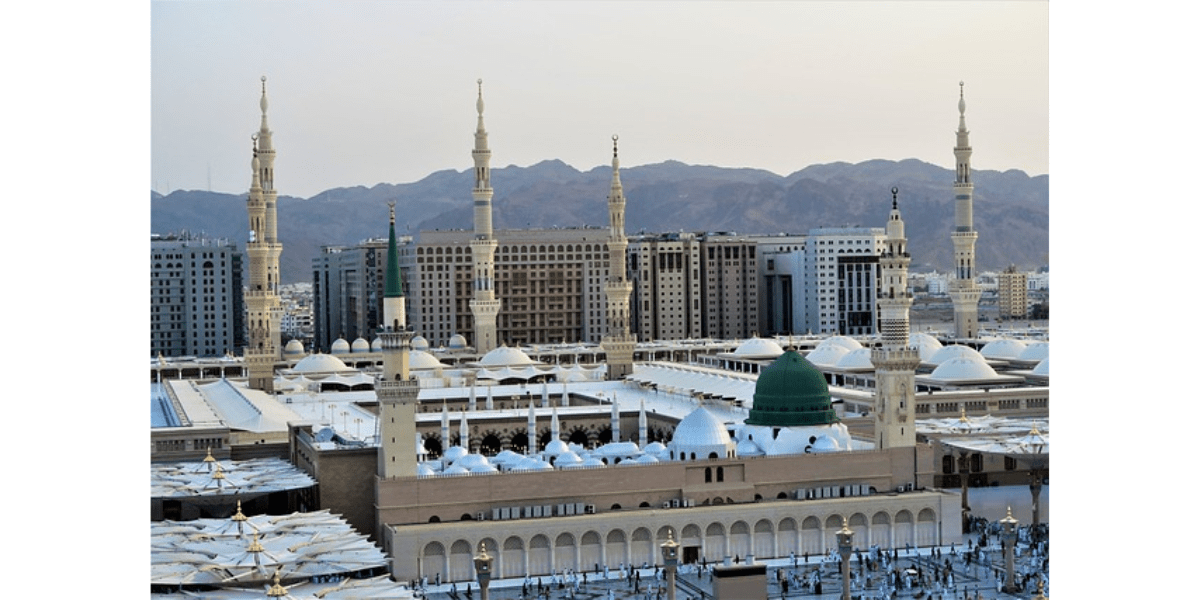
Masjid An-Nabawi, also known as the Prophet’s Mosque, is a central landmark in Islam. Located in Madina, Saudi Arabia, it holds immense religious and historical significance. This article delves into the rich history, architecture, and spiritual importance of Masjid An-Nabawi.
Historical Significance
Foundation by the Prophet Muhammad
Masjid An-Nabawi was originally built by the Prophet Muhammad in 622 AD after his migration from Makkah to Madina. This mosque served as the community center, court, and religious school. It has been expanded and renovated multiple times, reflecting its enduring importance in Islamic history.
Resting Place of the Prophet
The mosque is the burial site of the Prophet Muhammad, along with two of his closest companions, Caliphs Abu Bakr and Umar. Visiting the Prophet’s tomb is a profound spiritual experience for pilgrims, symbolizing respect and reverence.
Architectural Marvel
The Green Dome
One of the most striking features of Masjid An-Nabawi is the Green Dome, located above the Prophet’s tomb. This iconic dome was initially constructed in the 13th century and has since become a symbol of the mosque.
Expansive Courtyards
The mosque’s expansive courtyards are designed to accommodate millions of worshippers, especially during Hajj and Ramadan. These open spaces, adorned with beautiful marble and lush greenery, provide a serene environment for prayer and reflection.
The Rawdah
Inside the mosque, the area between the Prophet’s tomb and his pulpit is known as the Rawdah. It is considered one of the gardens of Paradise, and praying here is believed to bring immense blessings. The Rawdah is marked by green carpeting, setting it apart from the rest of the mosque.
Spiritual Significance
Place of Worship and Reflection
Masjid An-Nabawi is not just an architectural wonder; it is a place of profound spirituality. Pilgrims and visitors come to offer prayers, seek solace, and reflect on their faith. The mosque’s tranquil atmosphere fosters a deep connection with God.
Educational and Community Center
Throughout history, the mosque has served as a center for Islamic learning and community activities. Today, it continues to host religious lectures, Quranic studies, and educational programs, maintaining its role as a hub of knowledge and spiritual growth.
Cave of Hira (The Jabal an-Nour)
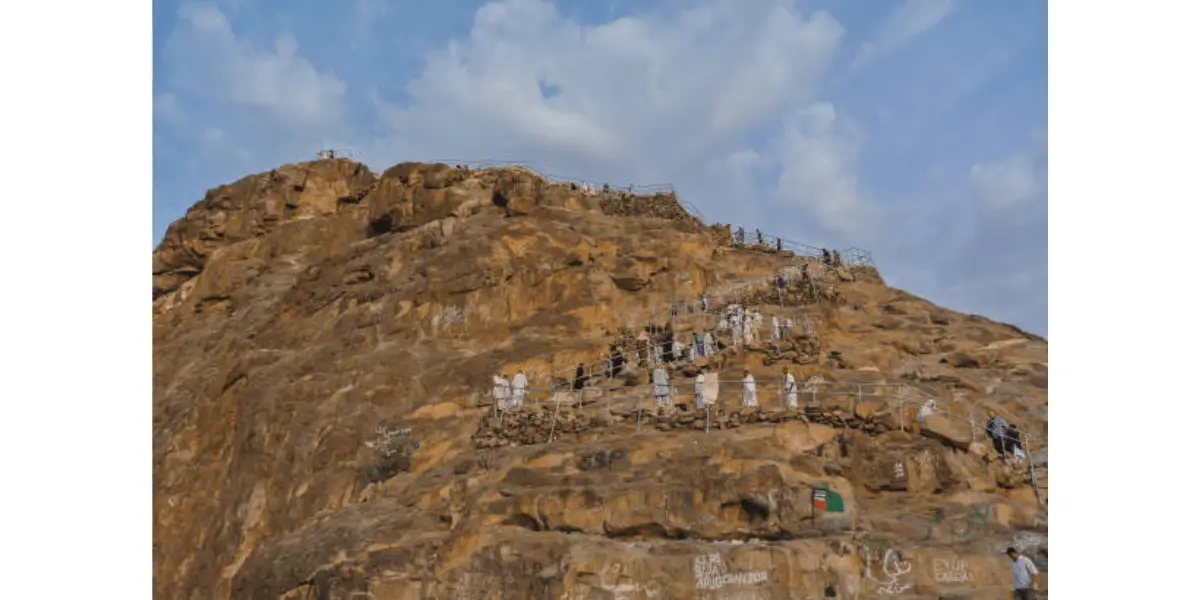
The Cave of Hira holds a special place in Islamic history and spirituality. Located on the mountain of Jabal al-Nour near Makkah, it is the site where the Prophet Muhammad received the first revelation of the Quran. This article explores the significance, history, and experience of visiting the Cave of Hira.
Historical Significance
The First Revelation
The Cave of Hira is renowned for being the place where the Angel Gabriel appeared to the Prophet Muhammad, delivering the first verses of the Quran. This momentous event marked the beginning of Muhammad’s prophethood and the birth of Islam.
A Place of Meditation
Before receiving the revelation, the Prophet Muhammad would retreat to the Cave of Hira to meditate and reflect on the injustices and idolatry prevalent in Makkah. The solitude and tranquility of the cave provided an ideal environment for deep contemplation and spiritual seeking.
Journey to the Cave
Climbing Jabal al-Nour
Reaching the Cave of Hira involves a challenging climb up Jabal al-Nour, which translates to “Mountain of Light.” The ascent is steep and rugged, requiring determination and physical stamina. Despite the difficulty, pilgrims and visitors undertake this climb to connect with the profound history of the site.
The Entrance and Interior
The entrance to the cave is narrow, and the interior is small and modest. Despite its humble appearance, the cave’s significance resonates deeply with those who visit. The simplicity of the cave contrasts with the monumental impact of the revelation that occurred within its confines.
Spiritual Experience
Reflection and Prayer
Visiting the Cave of Hira is a spiritually enriching experience. Many visitors use the opportunity to pray, reflect, and seek a deeper connection with God. The cave’s seclusion offers a unique environment for introspection and meditation.
Reconnecting with Islamic Heritage
For many Muslims, the journey to the Cave of Hira is a way to reconnect with the roots of their faith. Standing in the same place where the Prophet Muhammad received divine guidance is a powerful reminder of the origins and essence of Islam.
Jannat al-Baqi
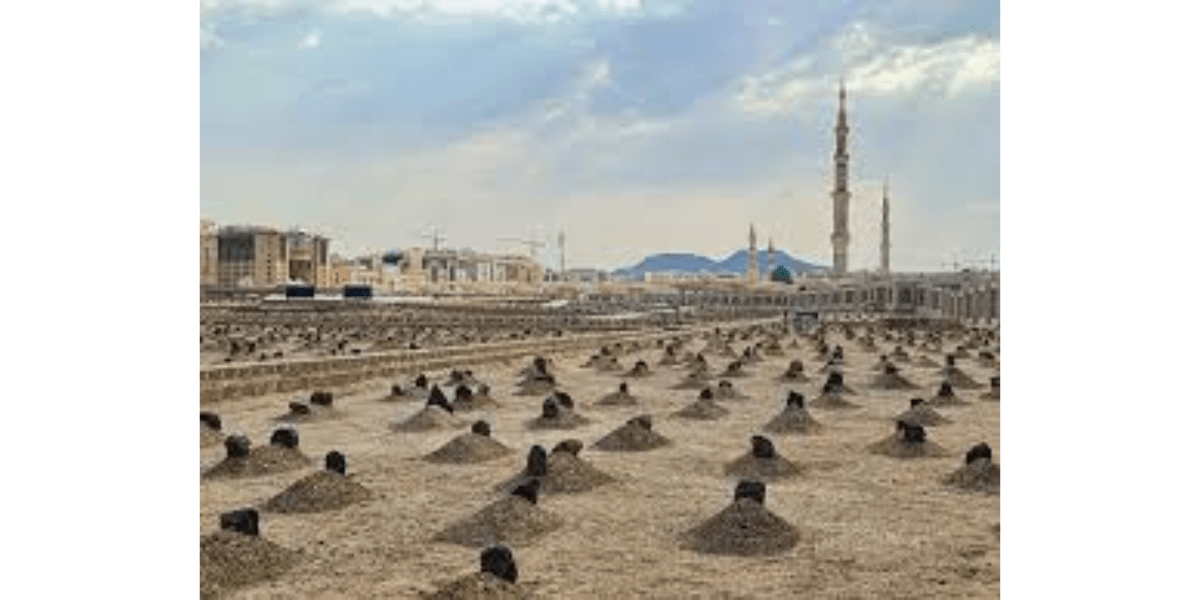
Photo from: Wikipedia
Jannat al-Baqi: The Sacred Cemetery in Islamic History
Introduction
Jannat al-Baqi, located in Madina, Saudi Arabia, is a historic cemetery of immense significance in Islam. This article explores the rich history, spiritual significance, and cultural importance of Jannat al-Baqi, known as the Garden of Paradise.
Historical Significance
Burial Place of Companions
Jannat al-Baqi is the final resting place of many of the Prophet Muhammad’s companions (Sahaba), including notable figures such as Abu Bakr, Umar ibn al-Khattab, and Imam Hasan ibn Ali. Their graves serve as reminders of their contributions to Islam and their close relationship with the Prophet.
Family Members of the Prophet
Several members of the Prophet Muhammad’s family are also buried in Jannat al-Baqi, including his beloved daughter Fatimah, his grandchildren Hasan and Husayn, and other relatives. Their graves are revered by Muslims and serve as sites of pilgrimage and reflection.
Spiritual Significance
Place of Reverence and Reflection
For Muslims, visiting Jannat al-Baqi is a deeply spiritual experience. Pilgrims come to pay their respects to the deceased, offer prayers for their souls, and seek blessings. The serene atmosphere of the cemetery fosters a sense of peace and reflection.
Reminder of Mortality
Jannat al-Baqi serves as a reminder of the transient nature of life and the inevitability of death. Visiting the cemetery prompts contemplation on the fleeting nature of worldly existence and the importance of preparing for the Hereafter.
Cultural Importance
Historical Landmark
Jannat al-Baqi is not only a sacred cemetery but also a historical landmark. Its association with the early days of Islam and the esteemed personalities buried within its grounds make it a site of cultural and religious significance.
Pilgrimage Destination
Muslims from around the world visit Jannat al-Baqi to pay their respects to the Prophet’s companions and family members. The cemetery’s importance as a pilgrimage destination underscores its role in fostering a sense of unity and connection among believers.
Pilgrims also visit Jannat al-Baqi, a cemetery where many of the Prophet’s family members and companions are buried. It is a place of reverence and reflection on the lives of those who were close to the Prophet.
The journey of Hajj and Umrah is filled with visits to deeply significant sites that hold immense historical and spiritual value. From the sacred Kaaba to the tranquil surroundings of Medina’s mosques, each place offers pilgrims an opportunity to connect with their faith and history. These visits are not just physical journeys but profound spiritual experiences that leave lasting impressions on the hearts of the faithful.



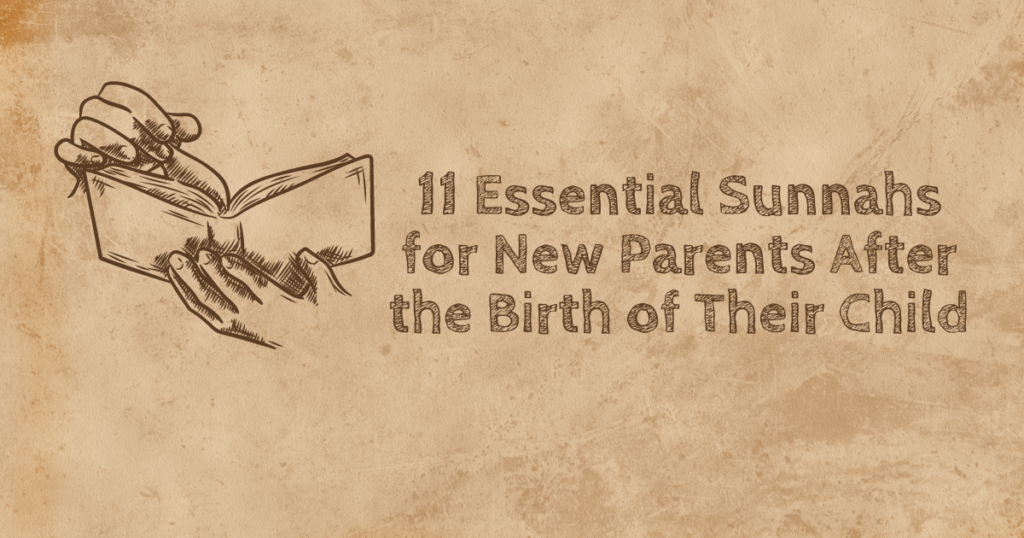
Pingback: Saudi Transit Visa Now Allows Umrah And Rawdah Access For Travelers